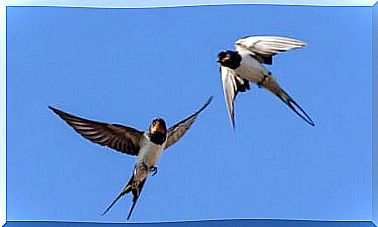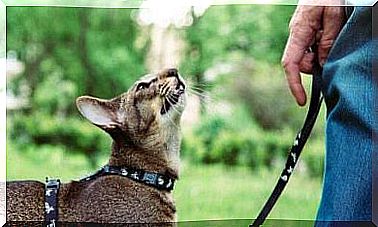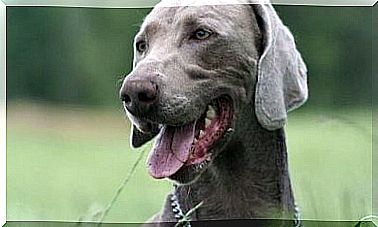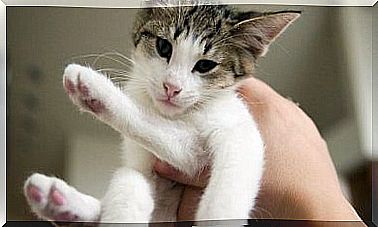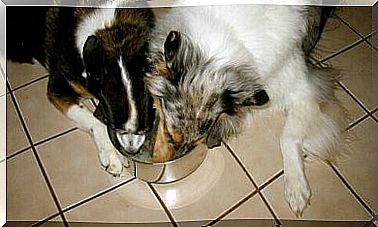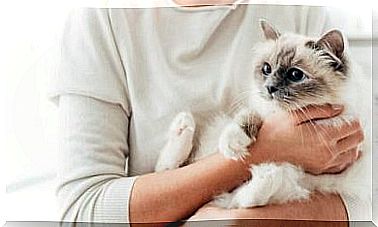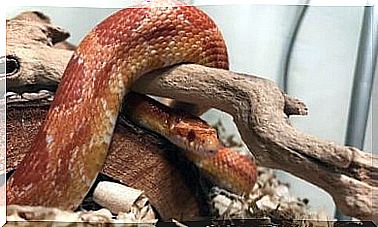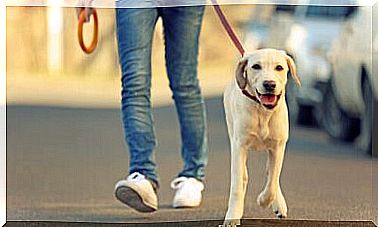When To Move Your Cat’s Litter?
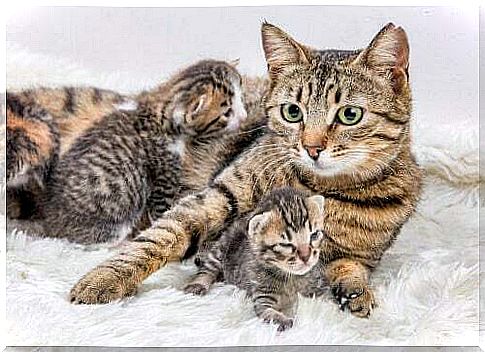
In general, a mother looks for a safe place to raise her cubs. When looking for a place for your cat’s litter, you usually have to consider a certain set of conditions: be it a quiet, dark, dry, warm and safe place from the intrusion of male cats or curious humans. But when to move your cat’s litter?
If the birth has been successful and the mother is calm and healthy, the puppies should not be moved immediately. You can start helping the mother after two weeks.
Sometimes, the cat is unable to make the wisest decision about where to give birth to her kittens. This may be due to their naivety, changing circumstances or simply a wrong choice, so it will be appropriate to intervene. When to move your cat’s litter?
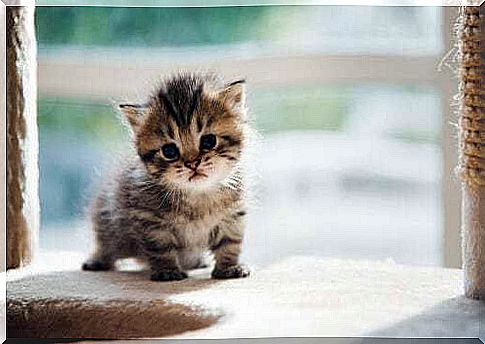
In some cases, it may be necessary to decide to move the puppies to a better place to protect them. However, it is important to keep in mind that if puppies are moved prematurely, the mother may have reactions. In extreme cases, a mother might even abandon her cubs if they are moved by humans.
Here are some tips for knowing when to move your cat’s litter.
When to move your cat’s litter?
1. Observe the mother’s behavior with the puppies
Typically, your cat already feels comfortable with you and should rely on your ability to care for her. In this case, it is very likely that the mother will not show nervousness or concern if you approach her and her puppies. Slowly approach the nest to observe her reaction before attempting to touch her pups.
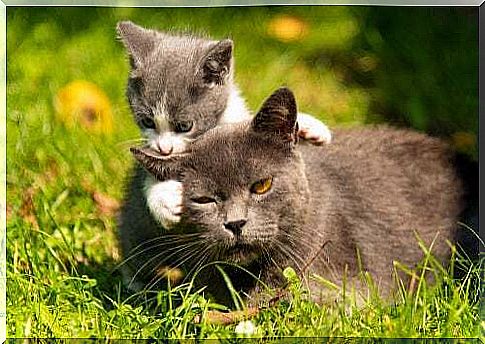
2. Choose the most suitable place
To choose a new place for the litter, it is good to ask yourself a few questions:
- Is it possible to close the area to prevent mom from moving the puppies?
- Can the area contain a litter box for the mother to meet her needs?
- Is there a safe place – away from the litter box – to put containers of water and food?
Also, the chosen area must be quiet. This means that it must be away from the center of activity of the house, where there is no noise from the television, telephone and radio.
It must be protected from drafts. In addition, the environment should have the right temperature: the ideal is about 25 degrees.
You can use the closets in the guest rooms or a little used room. Quiet corners in a laundry room or wardrobe can also work. An ideal place can be a basement, provided it is dry and warm.
3. Create a new nest for the litter
Once you have chosen the location, you will need to build the nest. Generally, a sturdy cardboard box should fit, one that fits the mother’s body size.
Laundry baskets can also be a good nest, as long as the openings are less than an inch wide. If they are older, puppies may slip and be at risk of injury or feel cold.
4. The nest must be comfortable and warm
Cover the bottom of the nest with a thick towel, blanket or clothes you no longer use and place it in the chosen location. It is important to place cat litter boxes and bowls for food and water nearby. In short, you need to create a cozy, safe and warm place for the puppies and the mother.
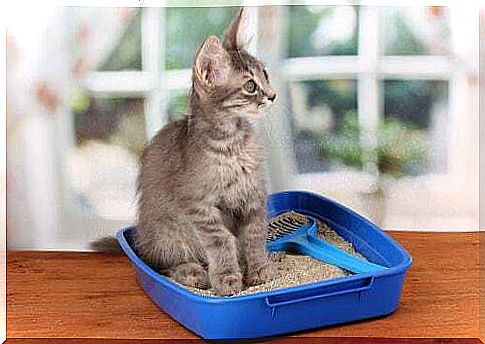
5. Move your cat’s litter
First, ask the mother to leave her current position by luring her with some food she likes. Small pieces of cooked chicken or a tablespoon of canned tuna may be suitable.
The idea is to take her out of the nest, but not to scare her. It is important that you see what you are doing, but from a distance. Take the pups out of their old nest, being careful to take them well to prevent them from falling to the ground.
Cubs cry when touched to get their mother’s attention. Don’t let their meowing discourage you from moving them to the new nest.
6. How to move your cat’s litter
Ask the mother to follow you to the new nest and let her watch you place the babies in the new nest. You should always allow the mother to follow the pups to the new nest.
Some mothers, when they see their cubs being touched, can react aggressively. Wear long sleeved dresses, thick pants and gloves if you think the mother might try to protect her kittens when moving your cat’s litter.
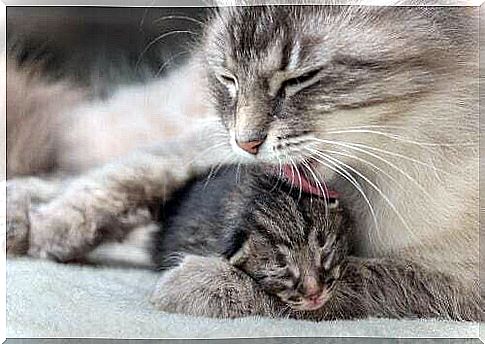
7. Allow the mother and pups to adapt to the new nest
Once all the cubs and their mother are in the new nest, close the room door. Check the situation from time to time to allow the family to adjust to the new environment.
The mother will probably not like the new place and will want to try moving and hiding the kittens again. With this in mind, choose a place to prevent the mother from leaving.
We advise you to give the mother some foods she particularly loves once or twice a day for a few days: it will make her feel more comfortable in the new nest.
The mother may show nervousness and aggression at first, but should gradually calm down. Make sure she and the puppies have everything they need and that the mother takes care of her puppies.
8. Latest precautions for puppies
Newborn puppies have not yet developed their immune systems, so wash your hands thoroughly before touching them.
Avoid direct contact with other animals in the house to prevent the spread of germs.
Stroking and moving newborn puppies can be dangerous. Kittens, like human babies, are extremely fragile. If you touch them roughly or if they accidentally fall out of your hands, you can damage your bones or vital organs. Great care must be taken when touching newborn puppies.
To understand when to move your cat’s litter, you need to carefully observe how the mother deals with the kittens.
